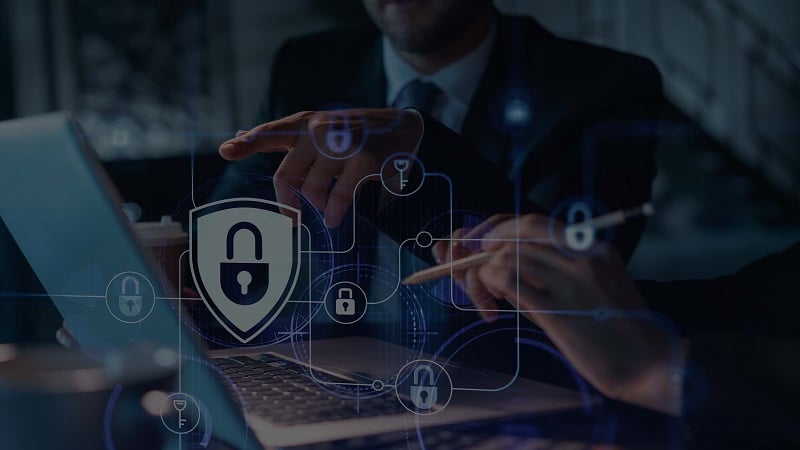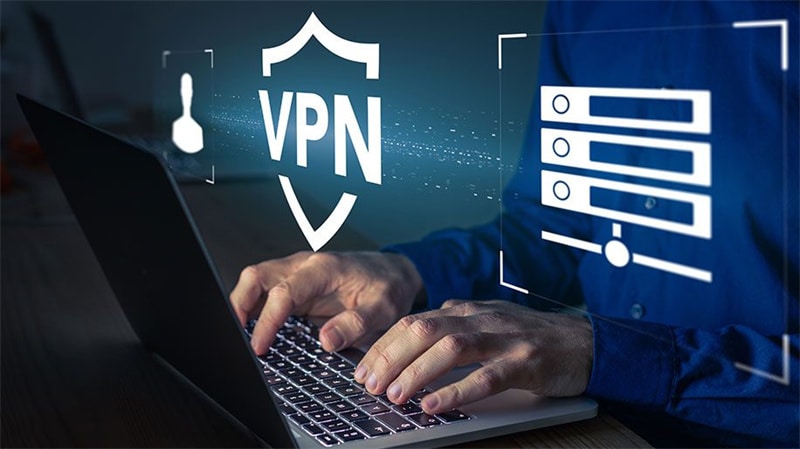
Whether an individual is a team of distributed professionals or an IT director with systems to maintain, remote desktop access has become increasingly commonplace.
However, security often takes a back seat in the priority lineup. But, the Covid-19 pandemic has forced everyone to prioritize productivity and safety in the digital environment. To ensure an organization is equipped with reliable, secure remote desktop technology, consider these best practices for improving remote desktop security.
Use a VPN

With today's cyber threats securing your remote desktop web access is a must. The best way to improve security is to use a virtual private network (VPN). A VPN encrypts all traffic, meaning even if someone were to intercept it, they would not be able to tell who was accessing which resources.
Additionally, this type of security does not require the user to make any changes or installations, saving time and effort when securing a remote desktop connection. With the added benefit of added privacy and anonymity, more and more businesses are turning to virtual private networks as their primary defense against malicious hackers.
Network Firewalls
Network firewalls can go a long way toward improving remote desktop security. These are specialized pieces of software designed to protect computers from malicious activity on the internet while allowing genuine connections to occur. Implementing a network firewall is one of the best ways to prevent unauthorized access and keep critical data secure while allowing legitimate users access.
When set up correctly, they can significantly increase remote desktop security by blocking out potentially harmful traffic and only permitting the kinds of requests a genuine user has specified in advance. A well-installed network firewall combined with other security measures will vastly improve remote desktop security, giving business owners peace of mind.
Restricting the RDP Port
Proper security practices regarding remote desktops should always be a top priority. One of the best ways to improve the security of a remote desktop is to change the default port associated with Remote Desktop Protocol from port 3389 to another port number. This helps restrict access since cyber criminals generally target the most common ports, like 3389.
Additionally, users can use firewalls and network segmentation to establish multiple tiers of access and limit the possibility of an attacker gaining direct access from an external source. Implementing these techniques with proper monitoring provides a secure environment for working remotely without compromising safety and security.
Changing the RDP Port

Working from home has become a regular part of life for many offices thanks to the remote desktop protocol and associated security measures. One of the most critical steps to ensure desktops are safe from malicious actors is constantly updating the security settings, mainly by changing the access port used for remote desktop connections. By updating and revising this port as needed, legitimate users can keep unauthorized users out of the systems, keeping sensitive data safe and secure.
In addition to changing the port, several other strategies can be used to ensure remote desktop access offers the best possible protection, such as creating separate accounts with limited privileges or setting limits on which computers can log in remotely.
There are many steps users can take to secure their remote desktop and protect against potential breaches. Such actions include reviewing default settings, enabling multi-factor authentication, using strong passwords, and avoiding public networks.
Additionally, users should always use reliable anti-virus programs, regularly patch the system for any updates, and limit user access based on job requirements. While managing these various security measures may seem like a hassle, taking precautionary steps now could save users from serious data losses or other complications later.






